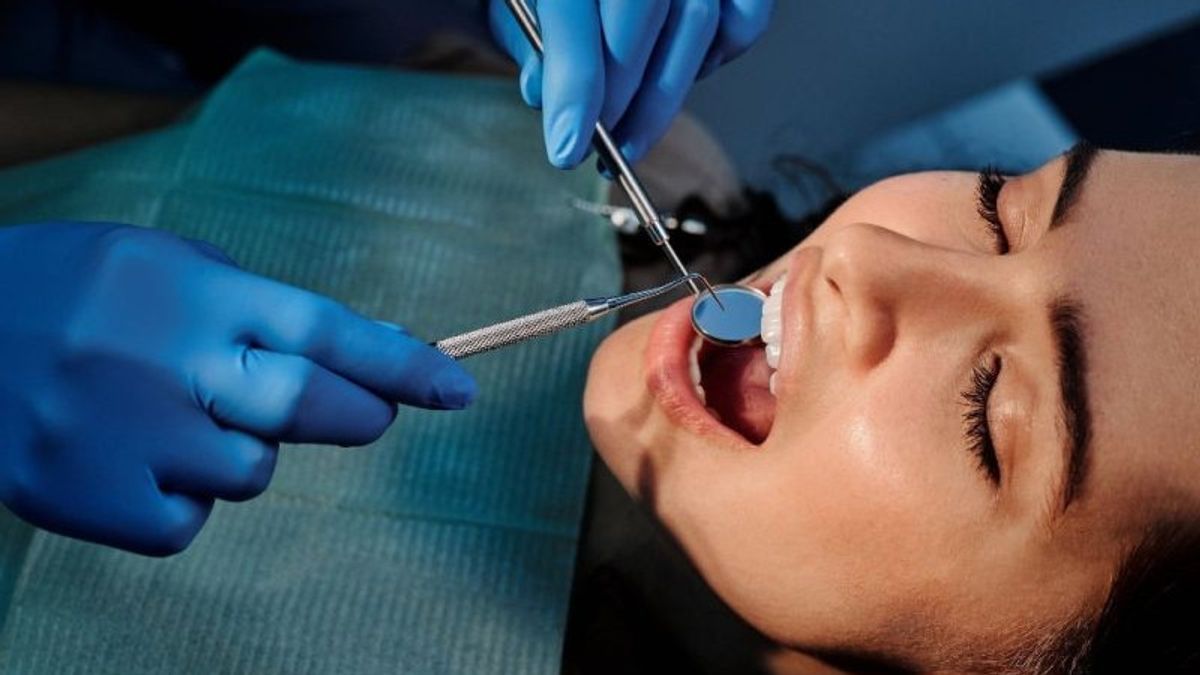JAKARTA - The act of patching teeth is still a method used to reduce risk or overcome cavities (karies), but now a study shows there are new techniques that are equally effective but more accessible and cost-effective.
The new method is to use the Silver Diamine Fluoride (SDF) antimicrobial liquid, which is applied like an odol when cleansing teeth.
As reported by the NYPost on Tuesday, February 21 local time, the NYU College of Dentistry in the United States (US) found that the SDF was proven to reduce the risk of cavities in children by up to 80 percent, and stopped the condition of cavities getting worse at 50 percent of the situation.
An important difference between the application of SDF and dental filling is that SDF can be done by dental nurses, while the act of patching teeth can only be done by doctors.
This study has surveyed 3,000 children at 47 different schools in New York City, USA for two years. Students have a diverse race and come from low-income families.
Each school randomly chooses to receive simple SDF treatment or complex dental patch treatment. Then the clinical research team visited each school to test the basic level of tooth damage before implementing treatment.
As a result, they found that both treatments were almost identical in efficacy for prevention, 81 percent for SDF and 82 percent for conventional dental fillings.
But apparently, SDF is more effective at stopping the development of cavities, with a success rate of 56 percent while dental fillings is 46 percent.
Richard Niederman, a professor at the NYU College of Dentistry and senior author of the study, said one time the treatment of SDF proved to be very effective during the next two years.
"I know there are no other dental prevention interventions that have had a profitable impact of this magnitude during the pandemic," he added, quoted from ANTARA.
This study is important in reducing overall risk of caries in children, especially in low socio-economic areas that are twice as likely to have untreated cavities, compared to children from high-income families.
According to the Centers for Disease Control and Prevention in the US, tooth damage is one of the largest health care needs that has not been met.
If left untreated, caries can cause pain and infection that can cause problems while eating, talking, playing, and studying.
Niederman said the use of SDF could dramatically improve oral hygiene and the quality of life of children in the US.
But of course dentists remind parents that the treatment is not a substitute for brushing teeth.
"Without prevention, cavities will continue to grow if they are not treated," he said.
In Indonesia itself, currently quite a lot of similar research has been found that is running regarding the ability of SDF to handle cavities.
The English, Chinese, Japanese, Arabic, and French versions are automatically generated by the AI. So there may still be inaccuracies in translating, please always see Indonesian as our main language. (system supported by DigitalSiber.id)













